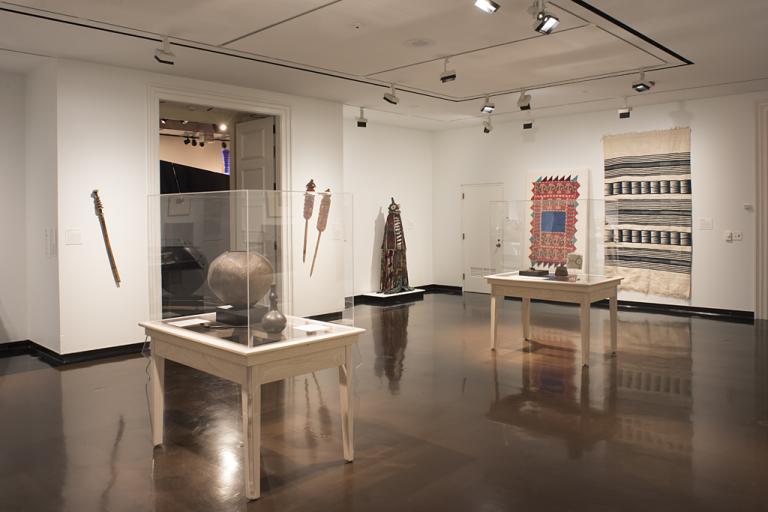cuff bracelet, unrecorded Amhara artist
Artwork Overview
unrecorded Amhara artist, artist
cuff bracelet,
late 1800s–1945
Where object was made: Danakil Desert, Ethiopia
Material/technique: brass; incising
Dimensions:
Object Height/Width/Depth (Height x Width x Depth): 0.7 x 7.5 x 7 cm
Object Height/Width/Depth (Height x Width x Depth): 0 1/4 x 2 15/16 x 2 3/4 in
Object Height/Width/Depth (Height x Width x Depth): 0.7 x 7.5 x 7 cm
Object Height/Width/Depth (Height x Width x Depth): 0 1/4 x 2 15/16 x 2 3/4 in
Credit line: Source unknown
Accession number: 2007.3306
Not on display
If you wish to reproduce this image, please submit an image request




